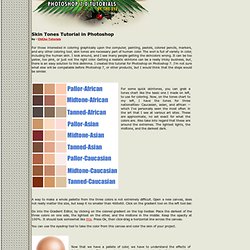

Графика глазами профессионала - 3D Коллектор. Docs: Welcome. Всё для компьютерной графики. RefractiveIndex.INFO - Refractive index database. [CG Textures] - Textures for 3D, graphic design and Photoshop! Peteando’s Videos. Freebie 3D Models, Free 3D Models. You're making me hard. Making sense of hard edges, uvs, normal maps and vertex counts. Ok, so first things first.

This is a test mesh I created to show off 3Point Shader quality mode. What that means is this mesh was created specifically for a synced normals workflow and to show off the benefits of that workflow, there isn't an excessive amount of uv seams, in fact there are less than I normally would use even with a synced workflow. A: Soft edges for the entire model, "Averaged projection mesh" B: Hard edges at uv seams, "Averaged projection mesh" C: Hard edges at uv seams, "Explicit mesh normals" projection.
As you can plainly see, there are absolutely no visual drawbacks to using method B. None, nadda, zip. In fact, if anything B looks the best, as there are extra artifacts, again what I like to call "resolution based smoothing errors" on A in more spots than on B(they have the same issues where the smoothing is the same, of course). Now you may think this is super subtle, and yes it is, but the simple fact is B gives better results than A. UV layout: Six Tuts On Light And Shade, Part I, Sunny Afternoon. This tutorial series is intended to be used with mental ray for Autodesk Maya 8.5.

“Happiness is like the sun: There must be a little shade if man is to be comfortable.” - Let's start our exercise with this little quote by Otto Ludwig. Welcome to the first of the six-part tutorial series, discussing possibly the most challenging kind of 3D environment: interiors. mental ray (for Maya) users typically get cold feet and sweating fingers when it comes to this “closed combat”; the royal league of environment lighting.
It’s for no reason though, as all you need for the battle is a simple field manual (this tutorial), and just a little bit of patience... So what is it all about? Let’s have a look at our object for this demonstration (Fig. 1) ... As you can see, we have a closed room; you can tell by the porthole and the characteristic door that it is a room inside a ship. Zap's mental ray tips. Skin Tones Tutorial, skin, tone, skin tone. Why do we use a Pallette?

Our eyes can sometimes deveive us. Everyone's eyes see slightly different colors. One person will see a purple color, while another will see a blue. Those that are colorblind cannot distinquish some colors from another. While we see it to be a good skintone, it may not be seen as one to someone else. Also, depending on the monitor that you own, you may see a different color than other computers. Also, these color pallettes are used professionally. You can also take colors from the lips, eyes and hair to help with realistic color of those.